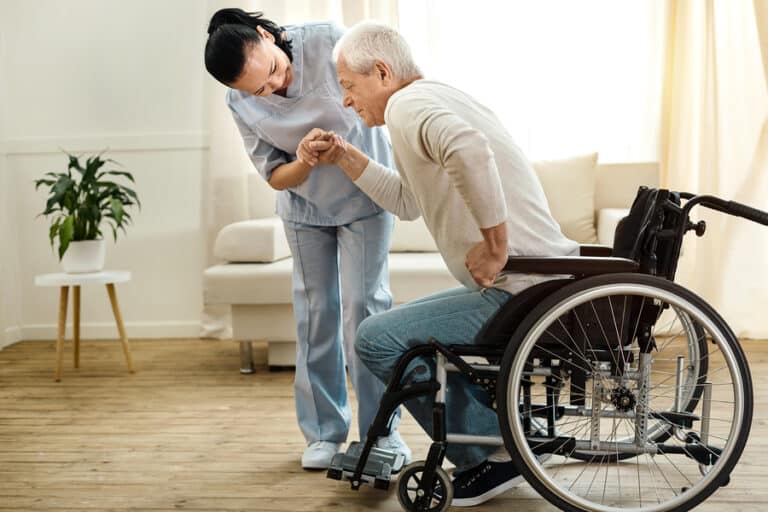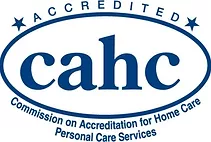Seniors become frail as they age, therefore it is very important to be cautious when repositioning or transferring them.
The primary aim of a transfer is to prevent harm to both the client and caregiver, ensuring safety at every step of the way. Studying the correct way to transfer a client will prevent undue wear and tear on your body and will keep the client as safe and comfortable as possible. Transfers usually occur around the use of toilets, bathtubs, beds, wheelchairs, chairs, and cars.
There are some key steps to keep in mind to minimize the risk of injury when you need to make a transfer. These consist of:
• Transfer when necessary. The more you transfer, the more chances there are for injuries.
• The size of the caregiver does not matter. You do not need to be overly confident to move a client who you think is smaller because it’s dangerous. Do not attempt to lift more weight than you can comfortably manage. Practice proper lifting techniques to ensure your safety as a caregiver and the client’s as well.
• Think before you act. When planning to make a transfer, it is very important for the caregiver to think before acting because this can cause unknowing injury to the client. Lack of preparation before transfer can also cause severe injury.
• Bend so that you don’t break your back. Transferring a person in and out of bed or wheelchair can put undue stress on the back, arms, and shoulders. Do not keep your legs crossed when you are about to make a transfer. Locking one’s knees will put maximum force on knee joints, which increases vulnerability to an injury if the balance is lost.
• Client cooperation is always a great idea. Always have the client assist as much as possible. The success of a transfer depends on the understanding of both the client and the caregiver.
• Use the right tool for transfer. Always utilize special equipment designed for safe transfers when necessary. Always ask for help when it is needed.
Helpful equipment for transfers includes lifts, sliding boards, walkers, gait belts, grab bars and trapeze bars.
References:
https://www.homecaremag.com/hme-products-mobility-liftsrampstransfers/march-2017/4-transfer-tips-patient-and-caregiver-safety
https://spectrumhealthcare.com/resources/safe-patient-handling-transferring-seniors/
- Physical Wellness Month - April 12, 2024
- National Parkinson’s Awareness Month - April 12, 2024
- Sleep and Rest: Vital Components of Post-Hospital Care - April 11, 2024


